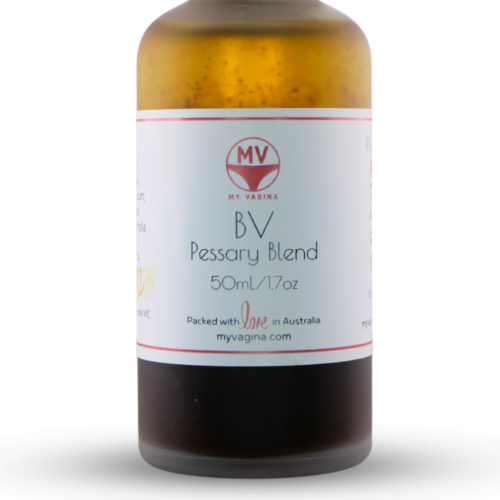Necrotising fasciitis is a rare infection that needs immediate medical attention. Necrosis means ‘death’ while fasciitis means inflammation of the fascia – the connective tissue surrounding our muscles, nerves and blood vessels, including on the vulva or vagina.
It is publicised by media as the disease caused by ‘flesh-eating bacteria’ which is awesome in its power to frighten the crap out of you, and so it should. It ain’t pretty, it acts fast and doesn’t leave a good-looking corpse.
Symptoms of necrotising fasciitis of the vulva
- Redness on or near the skin cut
- Progressive pain in the area of a cut or skin abrasion
- Diarrhoea, nausea, dizziness, general weakness
Symptoms start to appear within a day of being infected. On the onset, the patient may report more pain than expected based on the appearance of the skin cut. This happens because the infection is deep below the skin surface and the bacteria is ‘eating’ the flesh from the inside out.
As the infection rapidly progresses, there may be the presence of ‘dishwater-like’ fluid, swelling and purplish rashes. There may be the formation of gas bubbles underneath the skin and when pressed on, it may produce a crackling sound.
Commonly-affected areas of the body
It usually develops in the arms and legs, abdominal wall and in the perineum, which is far to close to the vagina than anyone would like. In women, necrotising fasciitis often develops at the vulva.
What causes necrotising fasciitis?
There are three types of necrotising fasciitis:
Type 1 is caused by two or more bacteria. Abdominal and perineal infections are usually under this group.
Type 2 is caused by a single bacterium, the group A b -hemolytic streptococci bacteria. At times staphylococci contribute. Infections of the arms and legs are usually categorised under Type 2.
Type 3 is caused by a water organism known as the vibrio species. How can you get this? From a fish bite. Type 3 is the hardest to treat because this particular marine species are more resistant to antibiotics.
Those who have a compromised immune system or are suffering from chronic illness are at risk. Ailments such as diabetes and obesity also increase chances of contracting this infection. Some women got this infection after cesarean section, ligation and hysterectomy, so be vigilant in your hygiene after surgery.
Diagnosis of necrotising fasciitis
Tissue and fluid samples would be taken from the affected area for laboratory analysis. Other devices such as x-ray, MRI and CT scan may be done to detect the presence of gas under the skin.
Treatments of necrotising fasciitis
Prompt treatment is required in order to save the patient’s life – forget your vulva. Often times a general antibiotic is administered even before getting the results of the biopsy. More targeted antibiotics are given as the results are gathered.
Necrotising fasciitis is a medical emergency and should be treated in the intensive care unit. The acceptable form of treatment for this type of infection is through surgical removal of affected areas. Two or more surgeries may be required to remove the tissues infected. This is done under general anaesthesia. After surgery, the wounds may be left open for further observation. Meanwhile, it is continually cleansed and sanitised until the infection is completely removed and the wound can be left to heal.
If you are experiencing any of the symptoms and belong to a group that is at risk, do not shy away from having yourself checked. Early detection and diagnosis for this condition could mean the difference between life and death.






